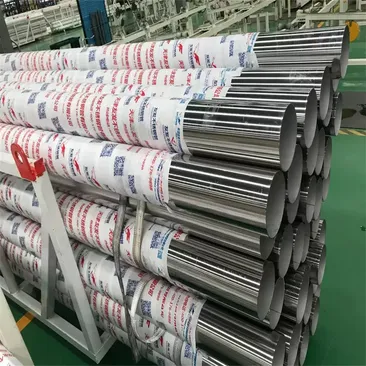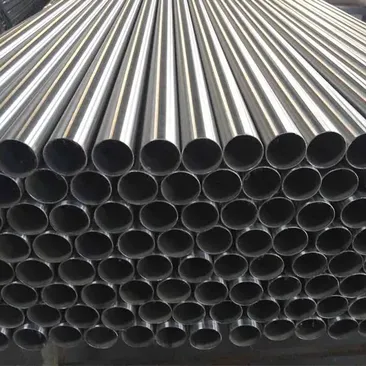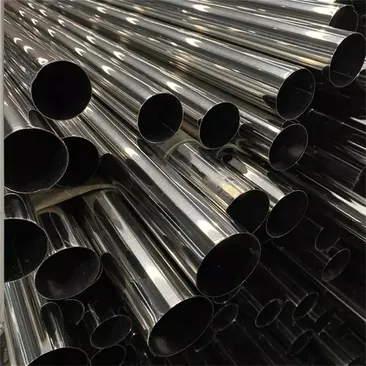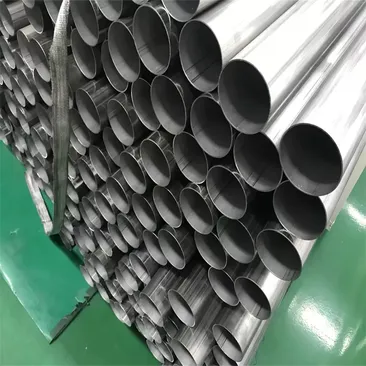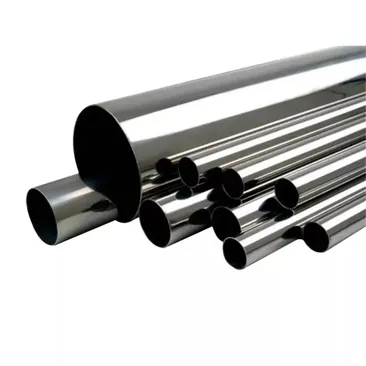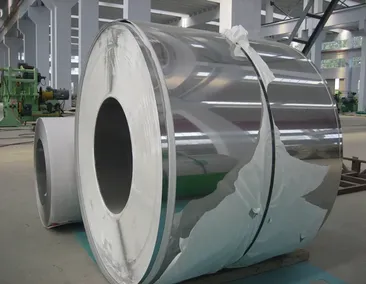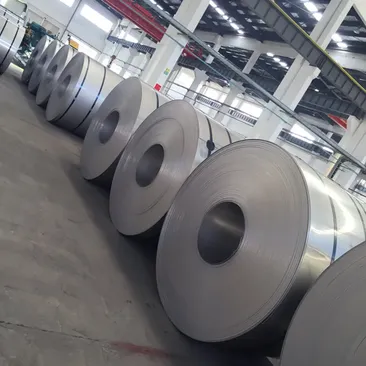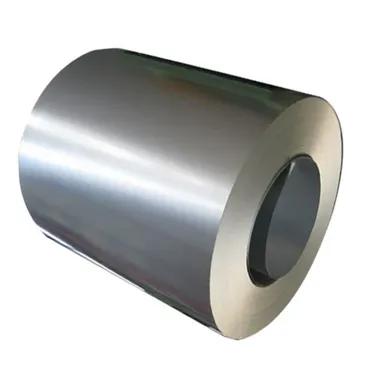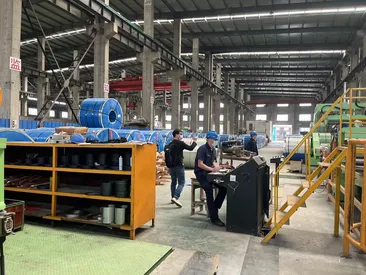The 904 stainless steel pipe boasts several advantages, including exceptional corrosion resistance and high strength in aggressive environments. Widely utilized in marine engineering, chemical processing, and oil and gas industries, it stands as a reliable choice for components exposed to corrosive substances and harsh conditions. Its high chromium, nickel, and molybdenum content ensure robust resistance to corrosion, making it suitable for critical applications. Overall, the 904 stainless steel pipe offers enduring performance and durability in environments where both corrosion resistance and strength are paramount.
The 1.4529 stainless steel pipe presents several advantages, including exceptional corrosion resistance and high strength in aggressive environments. Widely utilized in chemical processing, oil and gas, and marine engineering industries, it serves as a reliable choice for components exposed to corrosive substances and harsh conditions. Its high chromium, nickel, and molybdenum content ensure robust resistance to corrosion, making it suitable for critical applications. Overall, the 1.4529 stainless steel pipe offers enduring performance and durability in corrosive environments where both corrosion resistance and strength are paramount.
The 434 stainless steel pipe offers several advantages, including moderate corrosion resistance and high strength suitable for various applications. Widely utilized in automotive manufacturing, construction, and industrial equipment industries, it provides reliability in environments with moderate corrosive substances and mechanical stress. Its composition, rich in chromium and molybdenum, strikes a balance between corrosion resistance and strength, making it versatile for diverse applications. Overall, the 434 stainless steel pipe ensures reliable performance and durability where moderate corrosion resistance and high strength are essential.
The advantages of 440A stainless steel pipe lie in its moderate corrosion resistance and excellent edge retention properties. Widely used in cutlery manufacturing, surgical instruments, and kitchen appliances, it excels in applications where components must withstand moderate corrosive environments while maintaining sharp edges. Its composition, featuring carbon and chromium, ensures good hardness and wear resistance, making it ideal for cutting tools and applications requiring prolonged sharpness. Overall, 440A stainless steel pipe offers reliability and durability in environments where moderate corrosion resistance and superior edge retention are essential.
The 440C stainless steel pipe offers several advantages, including exceptional hardness, wear resistance, and corrosion resistance, making it suitable for demanding applications. Widely used in aerospace, tool manufacturing, and cutlery production, it excels in components subjected to heavy loads, abrasion, and corrosive environments. Its composition, featuring carbon and chromium, ensures outstanding hardness and wear resistance, ideal for critical components enduring extreme conditions. Overall, the 440C stainless steel pipe provides reliability and durability in applications where high performance and corrosion resistance are crucial.
The advantages of 202 stainless steel coil lie in its moderate corrosion resistance and excellent formability, making it suitable for a wide range of applications. Commonly used in construction, household appliances, and automotive manufacturing, it offers reliability and versatility where components need to withstand mild corrosive environments and be easily formed into various shapes. With its composition rich in chromium and manganese, it provides adequate corrosion resistance and formability, ensuring dependable performance in diverse applications. Overall, the 202 stainless steel coil offers practicality and adaptability in environments where moderate corrosion resistance and good formability are required.
The advantages of 410 stainless steel coil lie in its high strength, moderate corrosion resistance, and excellent machinability, making it versatile for various applications. Widely used in automotive manufacturing, aerospace, and construction industries, it stands as a dependable choice for components enduring mechanical stress and mild corrosive environments. Typical applications include automotive exhaust systems, fasteners, and structural components. With its chromium and carbon-rich composition, it offers superior hardness and wear resistance, particularly suitable for components requiring machining or polishing. Overall, the 410 stainless steel coil provides durability and adaptability in environments where high strength and moderate corrosion resistance are paramount.
The advantages of the 440 stainless steel coil lie in its exceptional hardness, corrosion resistance, and wear resistance, making it ideal for demanding applications. Widely used in industries such as cutlery manufacturing, toolmaking, and surgical instruments, it provides reliability and durability in components subjected to heavy loads and abrasive conditions. Its composition, rich in carbon and chromium, ensures superior hardness and wear resistance, particularly suitable for cutting tools and components requiring prolonged sharpness. Overall, the 440 stainless steel coil offers robust performance and longevity in environments where high hardness and corrosion resistance are crucial.
The advantages of the 409 stainless steel coil lie in its moderate corrosion resistance, heat resistance, and excellent formability, making it suitable for a wide range of applications. Widely used in automotive manufacturing, exhaust systems, and household appliances, it offers reliability and versatility where components need to withstand moderate corrosive environments and high temperatures. With its composition rich in chromium and titanium, it provides adequate corrosion resistance and heat resistance, ensuring dependable performance in various forming processes. Overall, the 409 stainless steel coil provides practicality and adaptability in environments where moderate corrosion resistance, heat resistance, and formability are required.



